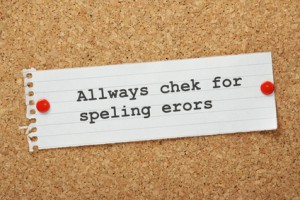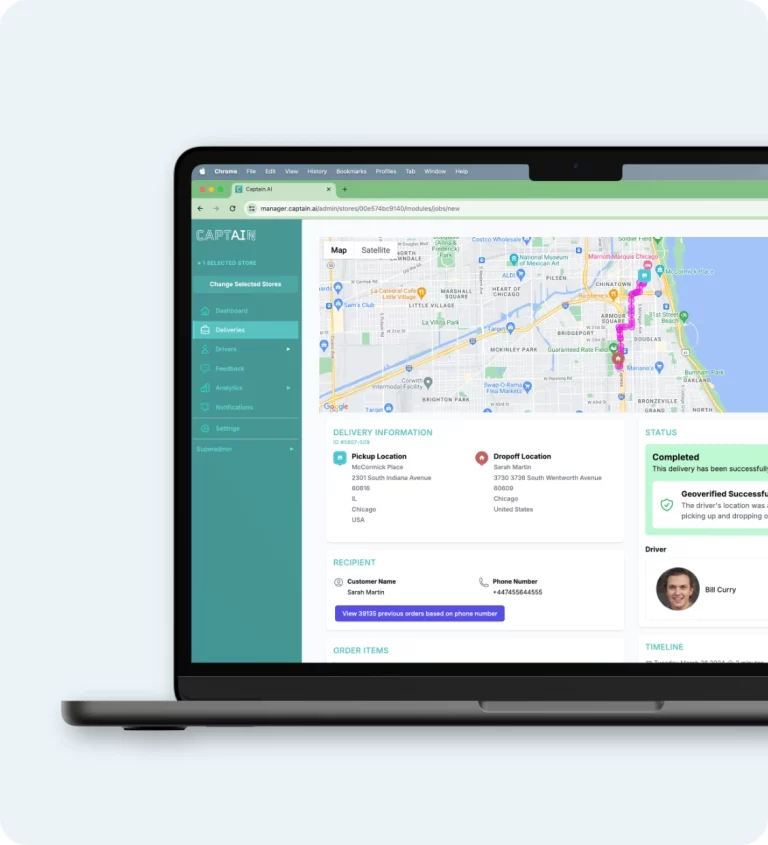1. Fast loading
If your site takes just a few seconds too long to display, visitors are likely to look elsewhere and place their order with a faster competitor. On the net, your website’s success hinges on its load speed. In fact, Google now factors this aspect into its SEO criteria. To check that your online ordering site is well referenced and converts a large share of visitors into actual customers, analyse its performance to make sure it loads fast!
2. Responsive design
 A responsive design means that your restaurant’s website will offer an optimal viewing and interaction experience across a wide range of devices, no matter the screen size (smartphones, tablets, PCs, etc.). Today, offering an optimized experience on all types of device is key. A good online ordering site must be responsive so that visitors can view products and confirm their choices without the slightest difficulty, including on a smartphone.
A responsive design means that your restaurant’s website will offer an optimal viewing and interaction experience across a wide range of devices, no matter the screen size (smartphones, tablets, PCs, etc.). Today, offering an optimized experience on all types of device is key. A good online ordering site must be responsive so that visitors can view products and confirm their choices without the slightest difficulty, including on a smartphone.
3. An intuitive, secure sales tunnel
The order taking process must be as simple as possible for the user. Make sure that the basket is accessible at all times, that there are no bugs when confirming products (or promotional codes, for example), and that you don’t ask for too much information before the customer places his or her order… To make life even easier, allow loyal customers to save their preferences and delivery address so that they can activate an order more quickly. Also, allow new users to place an order without yet having to create an account. During the various ordering steps, remove the main navigation menu and social network links: your site must be entirely focused on gathering the customer’s information and confirming the payment. Lastly, remind visitors that your site’s payment facility is secure (secure payment logos, certifications, etc.), even if some customers may choose only to pay on delivery/collection.
4. Technologies tailored to everyone
Forget about Flash animations: you risk alienating all customers who use Apple devices.
5. High-quality pictures
Whether you order them from a professional photographer or obtain them online, your photos and images should be high-quality, in other words, with a suitable resolution, a size in keeping with the page, tempting content, and so on… The idea is make your visitors’ mouths water!
6. Be attentive to your website’s design, and go easy with the animations
Depending on your restaurant’s “graphic charter”, avoid combining overly bright and garish colours. Go for a harmonious design to offer your customers a pleasant browsing experience. The more your design is consistent and fluid, the better your conversion rates. In a similar vein, avoid including too many intrusive animations which otherwise serve little purpose, to say nothing of distracting your customer’s attention. Remember, the underlying purpose is to make sure he or she stays on your site and buys. Your website’s colours should ideally reflect those of your restaurant. In addition, you can choose to use a favicon that evokes your logo, a font consistent with your other media, etc.
7. Faultless text
 If spelling isn’t your strong point, ask someone to reread the text included in your website:
If spelling isn’t your strong point, ask someone to reread the text included in your website:
- Presentation of your restaurant
- Menus and descriptions of dishes
- Registration pages, ordering steps
- Promotions
- Practical information
- General terms and conditions, etc.
Whether for your restaurant or any other business for that matter, a professional site must be as “clean” and faultless as possible.
8. Clear, up-to-date information
Conditions, business hours, delivery times, prices, contact details, promotions… all the information included on your website should be quickly accessible, easy to find and, especially, up to date. Be attentive in this respect when you go about creating your online ordering site, and also when you subsequently maintain it.







